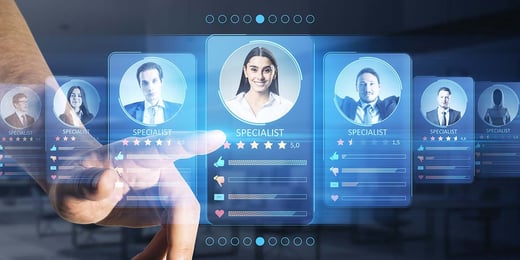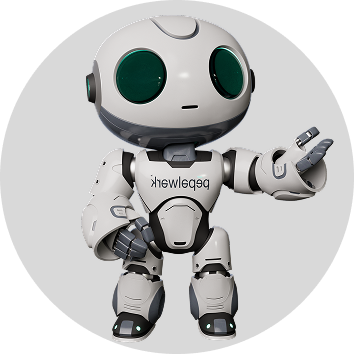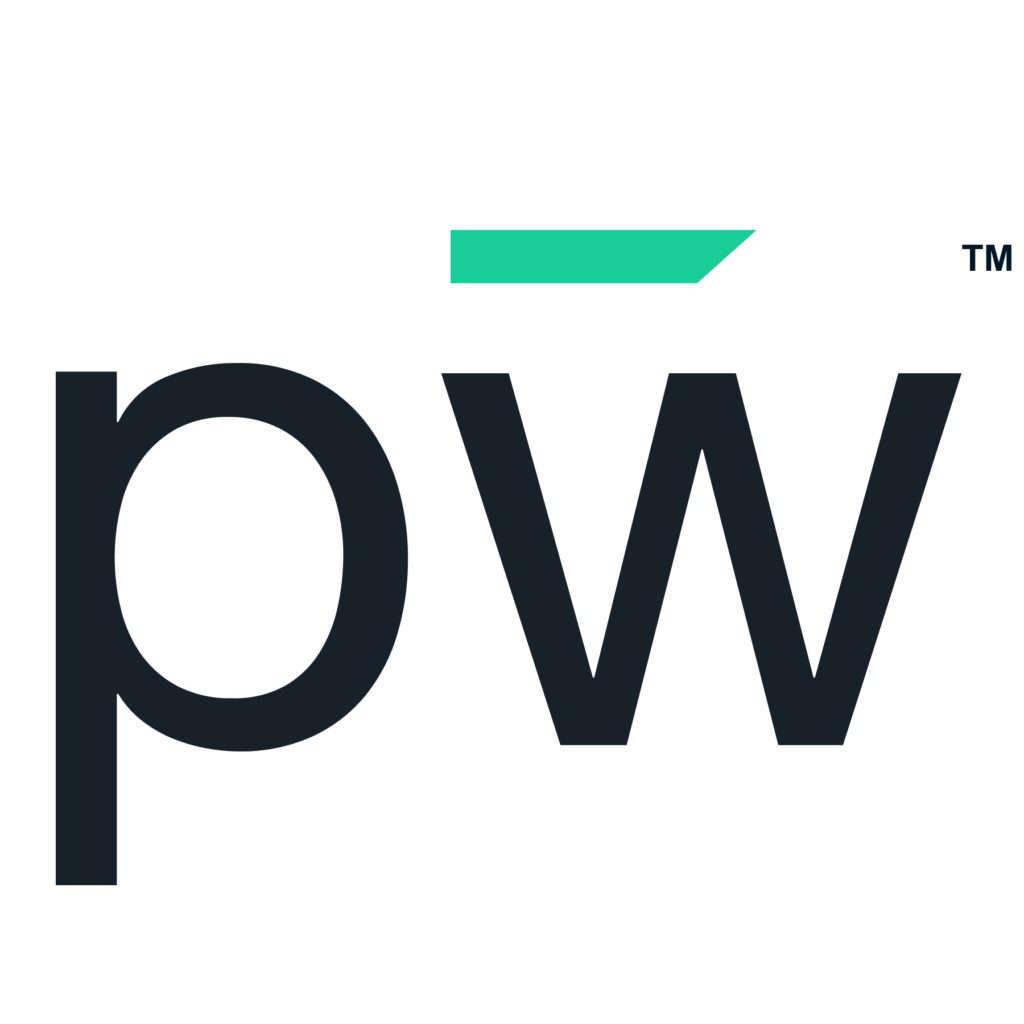In this blog post, we will explore the impact of technology on various industries and how leveraging technology can shape the future workforce.
The Role of Technology in Modern Industries
Technology plays a crucial role in modern industries, revolutionizing the way businesses operate and transforming traditional workflows. From manufacturing to healthcare, technology has become an indispensable tool for increasing productivity, efficiency and innovation.
In the manufacturing sector, advanced technologies like robotics and automation have streamlined production processes, leading to higher output and improved quality control. These technologies have also reduced the need for manual labor, allowing businesses to allocate resources more efficiently and focus on higher-value tasks.
In the healthcare industry, technology has transformed patient care, enabling remote consultations, telemedicine and digital health monitoring. Electronic health records have made it easier for healthcare professionals to access and share patient information, leading to improved coordination and personalized treatment plans.
Furthermore, technology has revolutionized the way businesses communicate and collaborate. With the advent of video conferencing, cloud storage and project management tools, teams can now work seamlessly across different locations and time zones. This has opened up new opportunities for global collaboration and expanded the talent pool for organizations.
Overall, technology has become an essential component of modern industries, driving growth, efficiency and innovation. By leveraging technology effectively, businesses can stay competitive and adapt to the ever-changing market landscape.
Challenges and Solutions in Adopting Technology for Workforce Development
While technology offers numerous benefits to industries, there are also challenges associated with its adoption for workforce development. One major challenge is the skill gap, where the existing workforce may lack the necessary skills and knowledge to fully leverage technology.
To address this challenge, organizations can invest in training and upskilling programs to bridge the skill gap. Providing employees with the necessary training and resources can help them develop the competencies required to effectively utilize technology in their roles. Additionally, partnering with educational institutions and industry associations can facilitate the development of specialized programs and certifications that align with industry needs.
Another challenge is the resistance to change. Some employees may be resistant to adopting new technologies due to fear of job displacement or unfamiliarity with the tools. Organizations can overcome this resistance by fostering a culture of innovation and providing clear communication about the benefits of technology adoption. Involving employees in the decision-making process and addressing their concerns can help create a sense of ownership and encourage buy-in.
Furthermore, cybersecurity and data privacy are significant concerns when adopting technology. Organizations need to implement robust security measures and protocols to protect sensitive information and ensure compliance with data protection regulations. Regular monitoring, risk assessments and employee training on cybersecurity best practices are essential to mitigate these risks.
By addressing these challenges and implementing effective solutions, organizations can successfully adopt technology for workforce development, empowering employees and driving growth.
How pepelwerk's Build My Future Workforce is beneficial
pepelwerk's Build My Future Workforce platform offers a range of benefits for industries looking to harness technology for workforce development. The platform provides a comprehensive solution for talent acquisition, onboarding and skills development, helping businesses build a future-ready workforce.
One key benefit of pepelwerk's platform is its ability to match candidates with the right skills and competencies to specific job roles. By leveraging advanced algorithms and machine learning, the platform identifies candidates who possess the required skills and cultural fit, reducing the time and resources spent on traditional recruitment processes.
Once candidates are onboarded, pepelwerk's platform offers a range of tools and resources for skills development. From online training modules to mentorship programs, employees can continuously enhance their skills and stay up-to-date with the latest industry trends. The platform also provides performance tracking and feedback mechanisms, allowing businesses to monitor the progress of their workforce and identify areas for improvement.
Additionally, pepelwerk's platform facilitates collaboration and knowledge sharing among employees. Through virtual communities and networking opportunities, employees can connect with peers, share best practices and collaborate on projects. This fosters a culture of continuous learning and innovation within the organization.
Overall, pepelwerk's Build My Future Workforce platform empowers businesses to leverage technology for workforce development, enabling them to attract, onboard and develop top talent effectively.
The Future of Workforce Development in the Digital Age
As we enter the digital age, the future of workforce development is poised for significant transformations. Advancements in technology, such as artificial intelligence, machine learning and automation, will continue to reshape industries and redefine job roles.
One major shift is the increasing demand for digital skills. With the rise of automation and digitalization, employees need to possess a strong foundation in digital literacy and adaptability. Upskilling in areas like data analytics, cybersecurity and digital marketing will be crucial for future workforce development.
Furthermore, the digital age presents new opportunities for remote work and flexible employment models. Technology enables employees to work from anywhere, breaking down geographical barriers and expanding the talent pool for organizations. This opens up possibilities for global collaboration, diversity and inclusion in the workforce.
However, the digital age also brings challenges such as the need for continuous learning and adaptability. As technology evolves at a rapid pace, employees must embrace lifelong learning and stay updated with emerging trends and technologies. Organizations need to prioritize learning and development initiatives to equip their workforce with the skills required to thrive in the digital era.
In conclusion, the future of workforce development in the digital age is characterized by the integration of technology, the demand for digital skills and the need for continuous learning. By embracing these changes and leveraging technology effectively, industries can build a future-ready workforce that drives innovation and sustains growth.










